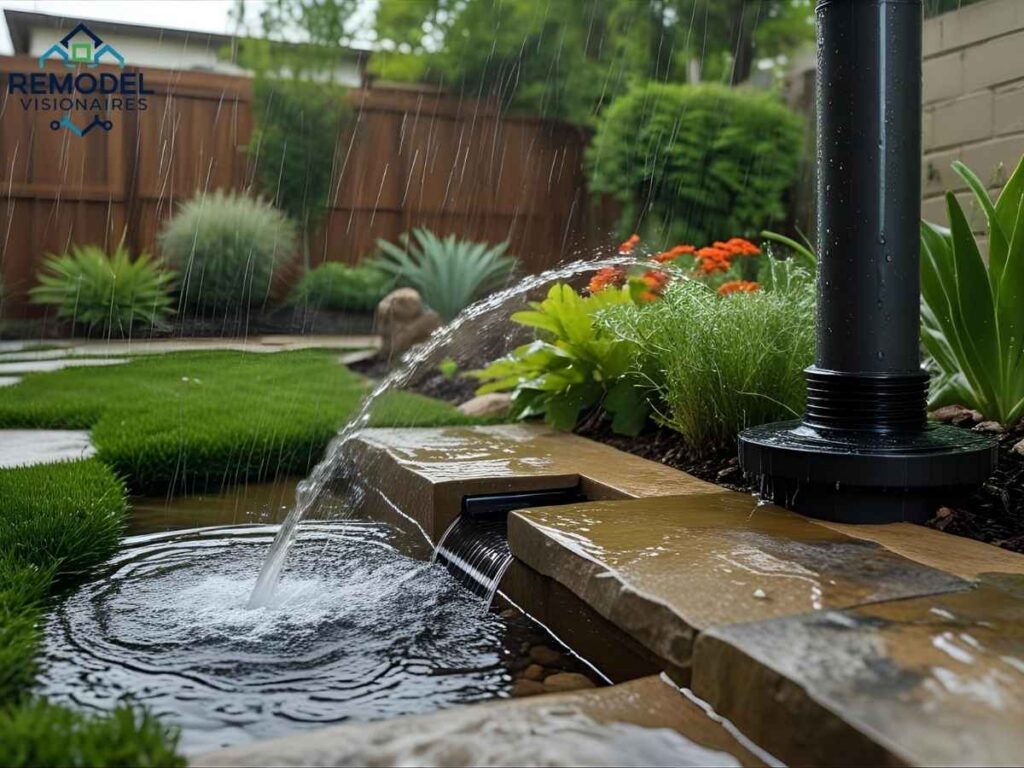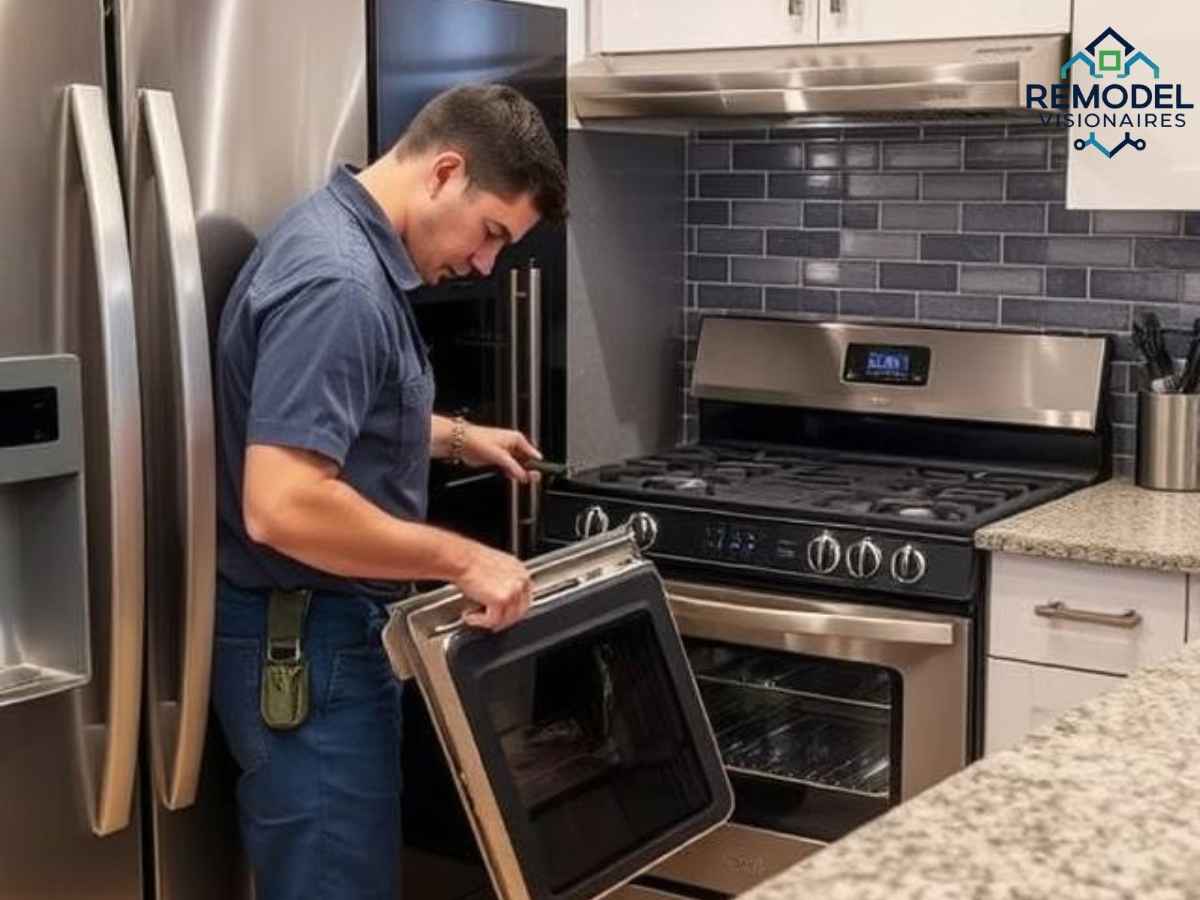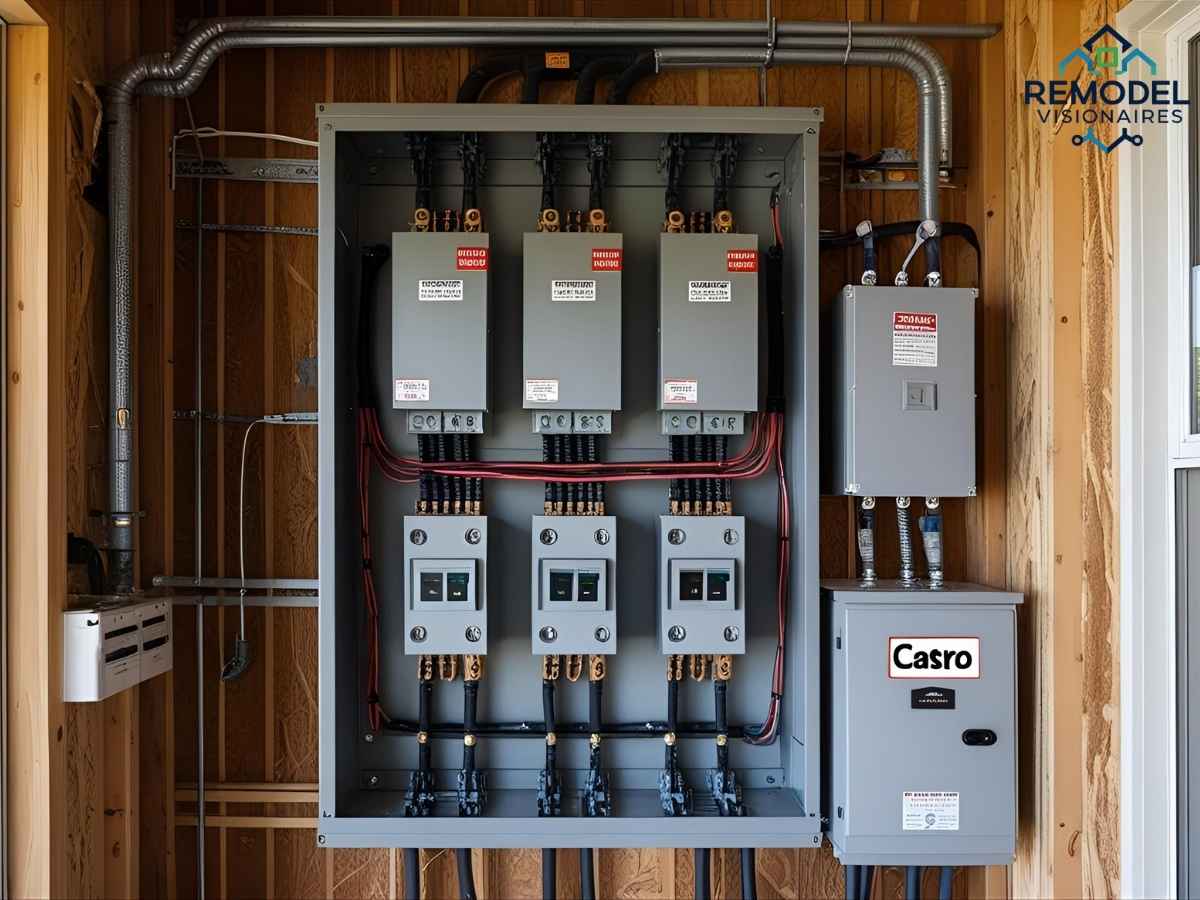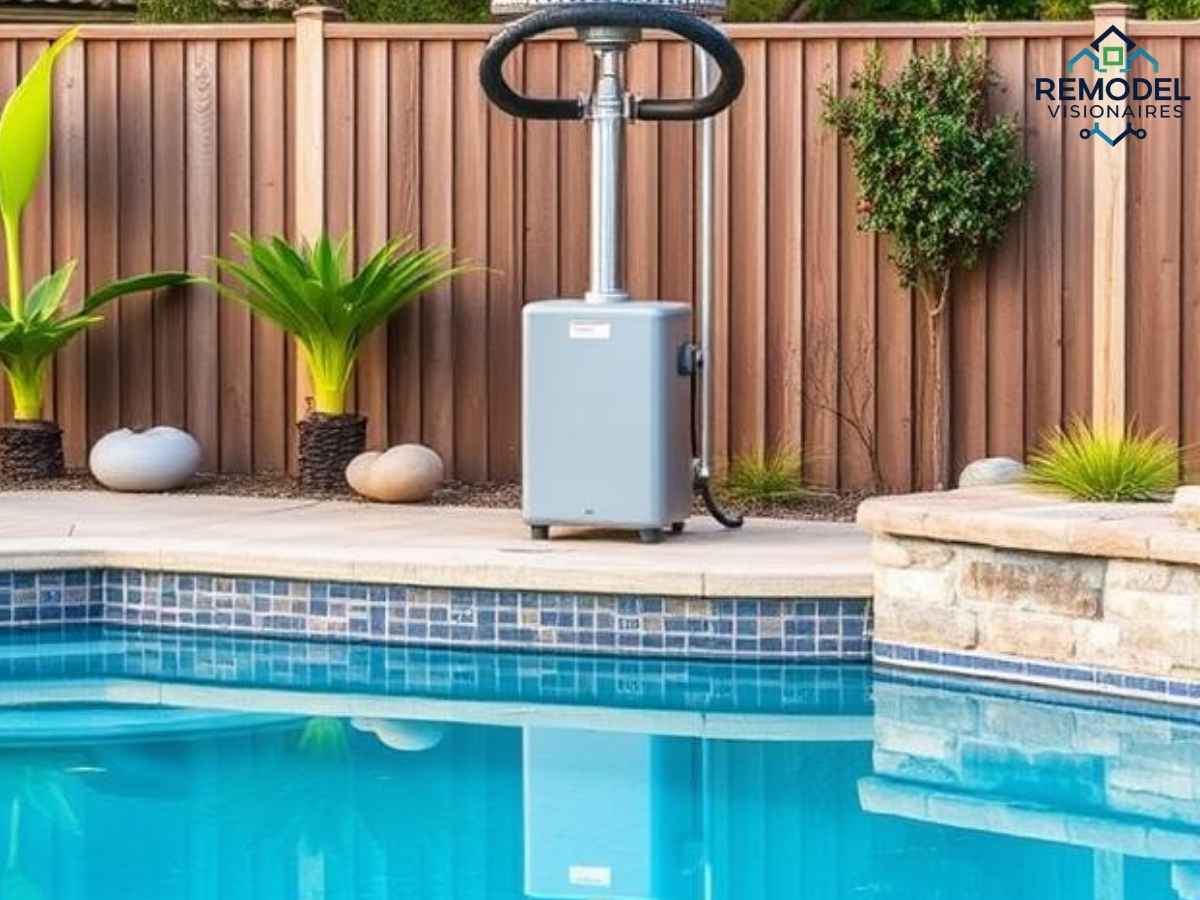Imagine it’s a stormy March night in the Westside’s Stoneridge neighborhood. Rain pounds your roof, draining in torrents toward the narrow driveway. You hope your gutters and downspouts will do their job—guiding all that water safely away from your foundation, not adding to LA’s infamous urban runoff headaches. In Los Angeles, where a dry summer flips instantly to winter downpours, Stonestown gutter downspout strategies aren’t just about keeping your eaves clean—they’re your home’s first line of defense.
Table of Contents
Why LA Needs Smart Gutter Downspout Strategies
Despite its Mediterranean climate, Los Angeles averages about 14–15 inches of rain per year, most of it falling between November and March—often in short, intense bursts. In neighborhoods from Mar Vista (ZIP 90066) to Eagle Rock (ZIP 90041), flash flooding is a springtime reality. Older houses in Mid-Wilshire, Venice, and West Adams were built before modern water management codes. Unsuitable gutter and downspout setups can lead to expensive property damage, particularly in hillside areas or low-lying sites near Ballona Creek or the LA River.

Many Stonestown homeowners inherit three classic challenges:
- Oversized roofs overwhelming outdated four-inch gutters
- Downspouts dumping water near basements or crawlspaces, fueling mold or erosion
- Clogged or poorly positioned outlets worsening pooling in yard and alleyways
Factor in LA’s clay-dominated soils, which drain slowly, and the risk multiplies. Worst of all, poor drainage puts your home on the radar for pest and termite invasions—a serious concern countywide.
Neighborhood-Driven Downspout Solutions
Stonestown gutter downspout strategies aren’t “one-size-fits-all.” LA’s neighborhood diversity demands precision. In well-shaded Cheviot Hills, mature trees clog K-style gutters every autumn. The flat roofs of Valley Village tend to collect more debris and require box-style downspouts. Homes in the Silver Lake hills often need custom diverter solutions to manage rainfall runoff and high landscape grades.
Effective solutions blend design, technology, and local best practices:
1. Maximizing Downspout Capacity
Install high-capacity, seamless gutters—5 or 6 inches wide—that can manage heavy rainfall events. Every 20-30 feet of roofline needs a dedicated downspout, especially for homes larger than 1,500 sq. ft. In high-rainfall years, such as El Niño seasons, this spacing keeps water from overflowing and eroding landscaping or building materials. In Stonestown and Santa Monica Canyon, this is especially critical for homes located near stormwater drains and curb inlets.
2. Directing Water for Maximum Safety
It’s not enough to get water off your roof—you have to send it somewhere safe. Always direct downspouts at least 5 feet from your foundation. Use flexible extensions or buried drainpipes if your driveway or walkway slopes toward the house. Where possible, connect outlets to stormwater management features like dry wells or bioswales, now popular in neighborhoods like Highland Park and Leimert Park.
3. Using Rainwater for Sustainability
In LA, every drop counts. Rainwater harvesting tanks, even small 55-gallon barrels, can intercept and store downspout water, keeping it on-site for summer use. Following city guidelines, these tanks can be connected to drip irrigation systems for drought-tolerant front yards—an approach rapidly gaining fans in eco-conscious Venice and Brentwood. It’s “catch and release,” local-style.
4. Maintaining Year-Round Performance
LA’s winds sweep in debris, and our streets are lined with majestic ficus and jacarandas. Regular cleaning is the unsung hero of good gutter strategy. Fit gutter screens or guards to save time, especially in tree-heavy lots between Fairfax and Larchmont. Make downspout maintenance part of your seasonal routine and inspect outlets before every winter storm.
Stonestown Stories: 3 Real Life Downspout Case Studies
Let’s meet three homeowners who got their gutter downspout strategy right:
Mar Vista Victory: Flexible Routing Solves Yard Flooding
Karla from Mar Vista (ZIP 90066) used to dread rainy days—the north corner of her 1940s bungalow always flooded, damaging the garden and attracting mosquitoes. With a local pro, she replaced narrow aluminum gutters with seamless five-inch K-style models and added a second downspout on both the front and back roofs. Flexible extensions now channel runoff beneath the side path, emptying into a gravel bed with drought-tolerant ferns. “We haven’t had a single puddle since,” Karla says. She’s even planning a rain barrel setup for her veggie beds.
Echo Park Elevation: Rainwater Harvesting Meets Lush Landscape
Jorge, a landscape designer in Echo Park (ZIP 90026), transformed his hillside lot by retrofitting downspouts to feed a pair of 865-gallon rain tanks. These tanks supply drip irrigation to his native plant garden all summer. A custom diversion system—built with underground PVC piping—ensures excess water flows safely to the city curb drain during storms. Jorge’s lush yard is thriving, and he never worries about slope erosion again.
Brentwood Modern: Hidden Drains, Zero Splash
Lisa and Kevin, living on a classic 1950s ranch near Sunset Blvd (ZIP 90049), wanted a solution that wouldn’t clash with their home’s architectural style. Their service provider suggested rectangular “box” downspouts that blend with the home’s color scheme. These downspouts connect to invisible, below-ground drains that safely channel stormwater away. “It’s invisible, elegant, and totally effective,” Lisa notes, “Our patios stay dry—even after last year’s atmospheric river event.”
Top 3 Stonestown Gutter Downspout Service Providers (with Links)
Finding someone who knows LA’s quirks makes all the difference. Here are three standout local companies for Stonestown gutter and downspout projects:
1. Gutter Masters
Serving Los Angeles for over two decades, Gutter Masters offers seamless gutter installation, downspout repairs, cleaning, and state-of-the-art water management solutions. Their experience ranges from small bungalows to massive Bel Air estates.
Website: guttermasters.com
2. Roof Repair Specialist
Highly rated for both residential and commercial work, this team focuses on customer education. They offer design consultations for new gutter installations, efficient replacements, and eco-smart upgrades like rainwater harvesting. Free quotes available within Los Angeles ZIP codes.
Website: roofrepairspecialist.com
3. Brothers Sheet Metal
Known for precision-crafted gutters tailored to LA’s unique climates and architecture, Brothers Sheet Metal delivers high-quality downspout installations and advanced drainage solutions, including custom fabrication for historic and modern homes.
Website: raingutterlosangeles.com/gutter-downspout-installation
When comparing service providers, look for certified, insured teams familiar with the permit process and local codes, especially in hillside or flood-prone neighborhoods.
LA Tools, Resources, and Smart Links

- LA Department of Water and Power (LADWP): Offers rebates and how-to guides for rainwater capture and water-wise landscaping.
- LA County Public Works: Stormwater management info, permit applications, and neighborhood flood maps.
- Metropolitan Water District of Southern California: Resources on sustainable landscaping and water conservation.
Local neighborhoods can also benefit from community rainwater workshops—check with your local council office for upcoming events.
Inline Answers to Popular Questions
How do I know if my downspout setup is enough for my LA home?
A typical LA home should have a downspout at every corner and additional outlets every 20–30 feet along long gutters. If you see overflow during a storm or persistent puddling near foundations, you need more capacity or better placement.
Can I connect my downspouts directly to the city sewer in LA?
No, in most LA neighborhoods, downspout connections to the sewer are not permitted. Water must be directed to the street, alley, or permitted retention system unless you’ve installed an approved stormwater management system.
Do rain barrels really help reduce flooding in LA?
Absolutely. Even a single 55-gallon barrel can capture stormwater that might otherwise cause driveway flooding or add to urban runoff. Pairing barrels with smart overflow routing is even better.
FAQ: Stonestown Gutter Downspout Strategies in Los Angeles
What permits do I need to install new downspouts or rainwater systems in LA?
Most simple residential upgrades don’t require permits, but digging drains, adding large tanks, or altering curb outlets often does. Check with LA County Public Works and your city’s Building and Safety Division.
How often should I clean my gutters in LA?
At least twice a year—more often if you have overhanging trees, after high winds, or before big winter storms.
Are gutter guards worth it in Los Angeles?
They’re a great investment for neighborhoods with lots of foliage (think Hancock Park or Sherman Oaks), saving hours of ladder time and preventing downspout clogs.
What’s the best material for gutters in coastal LA neighborhoods?
Aluminum and copper stand up best to salt air and pollution. Galvanized steel is sturdy but may need extra paint or sealant for beachside homes.
Where can I get local help or rebates for rainwater management?
Start at LADWP (ladwp.com)—they offer rebates for rain barrels and landscape upgrades. LA County’s watershed website and Metropolitan Water District provide how-to guides and workshops.


